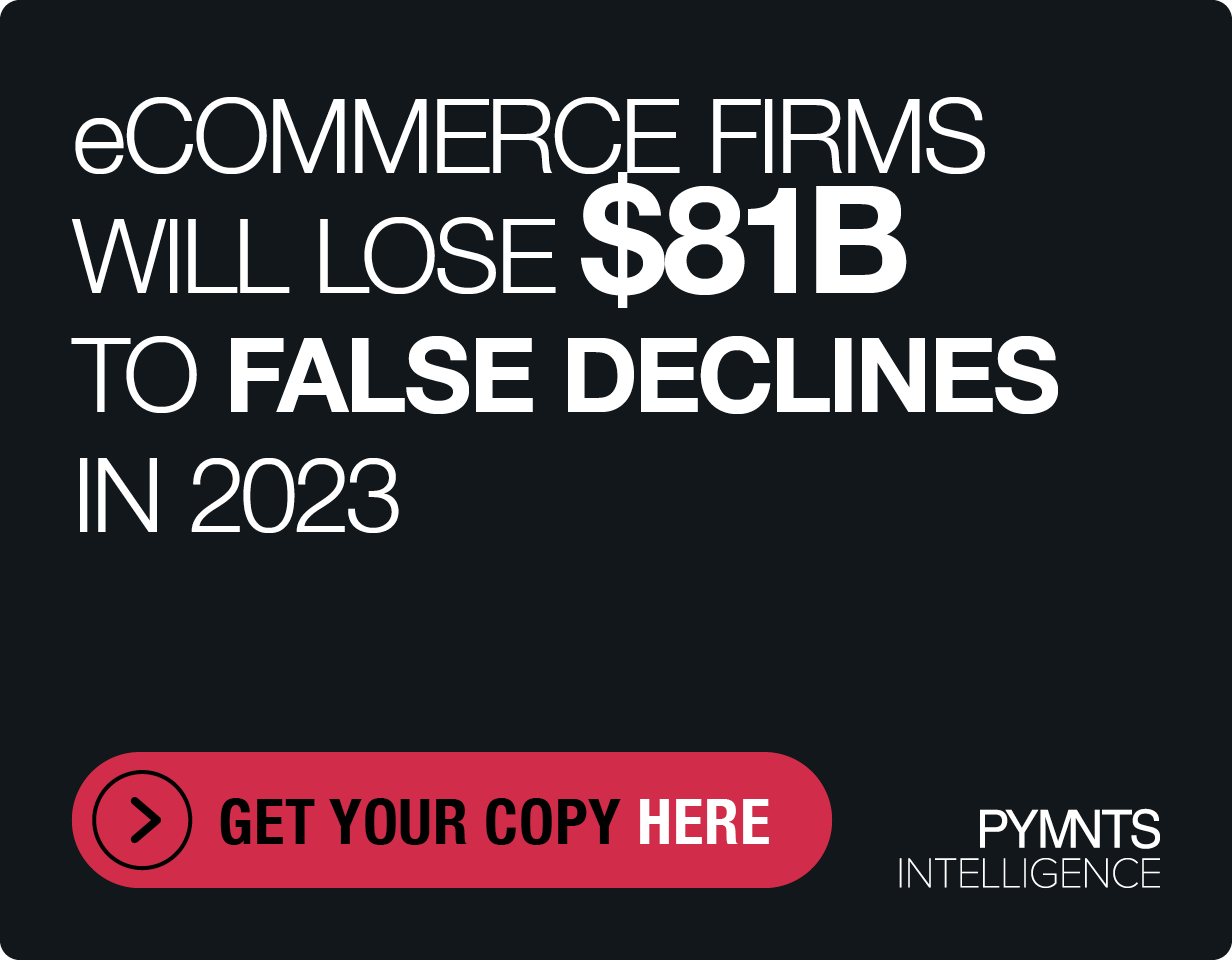How AI Helps Turn the Finance Function Into a Competitive Moat
Sustainable growth comes from consistent organizational buy-in at the executive level.
“It is about setting strategic direction from the top,” Aanchal Kochhar, head of product at Capital One Trade Credit, told PYMNTS.
And two roles whose departments are growing increasingly important, as well as becoming increasingly intertwined, are that of the chief product officer (CPO) and chief financial officer (CFO).
That’s because, as Kochhar explained, achieving alignment across both the product roadmap and the finance strategy is crucial for setting an organization’s go-forward tone and investment approach.
Gone are the days when finance teams were solely responsible for crunching numbers and managing budgets. They are now playing a pivotal role in setting the strategic direction of the business — a direction the product team is often tasked with building.
This convergence in responsibilities has created an opportunity for closer collaboration between finance and product teams, as their alignment can determine the direction of the product roadmap.
“In an ideal environment, the CFO is an integral player for the CPO to collaborate with beyond just annual planning or quarterly check-ins. There needs to be a shared understanding and appreciation for who the customer of the business is,” Kochhar explained. “You design the products together around the KPIs [key performance indicators] that the business is looking to move forward with.”
She added, “There needs to be a concerted effort and commitment from the top that we’re all in it for the business.”
Getting the Finance Team to Invest in Itself
As finance teams continue to evolve and become strategic partners to their businesses, their impact on a company’s product roadmap cannot be underestimated — but neither can product’s impact on the finance team, a department that is traditionally stuck in legacy processes and with outdated technology.
“It’s both product’s role as well as the CFO’s role to draw awareness to the fact that many finance functions are underfunded and highlight how much power can be unlocked there through innovation. There are many back-office functions where, if we did nothing today, there’s X amount of capital locked in legacy processes that are ripe for errors and failures,” Kochhar said.
“In a B2B business, the finance function itself is part of the customer experience. You can delight customers and capture more customers when underwriting is seamless, the credit process is seamless, and how money flows is seamless and with less error. There is a lot of growth potential,” she said.
That’s why forward-thinking CFOs are realizing the importance of focusing on the often-neglected back-office processes and functions within finance, particularly within their accounts receivable (AR) processes.
Enhancing Back-Office Processes for Business Growth
Legacy processes in finance, specifically accounts receivable, can lead to errors and failures, but by embracing technology and prioritizing enhancements, companies can streamline their operations and improve efficiency.
In many ways, enhancing AR back-office processes offers an attractive, win-win strategy for driving growth.
“In a competitive landscape where there are so many different new entrants looking to solve for tiny portions of what a full-service AR solution looks like, it becomes important for every business to acknowledge that for their end-to-end experience, the bar is being set really high for what the customer is starting to expect,” Kochhar said. “It’s a competitive advantage to be able to unlock some value on the back end through enhancements that streamline the process with automation and customer service, like what Capital One Trade Credit has to offer.
“It is about how can you make these somewhat mundane processes into a differentiator,” she added.
Coming from a consumer background, streamlined value-add areas are often taken for granted. Within a commercial or B2B setting, however, they are often overlooked as ways to activate growth.
Still, modernizing something as entrenched into business workflows as a 20- or 30-year-old AR program takes some coaxing.
“You really need CFO support for longer-term investments, which may not yield an immediate ROI but is better for business success and growth within today’s day and age. Data is central to that, being able to say something like: ‘I’ve been able to get our credit teams more data access that allows for better quality customers to come in,’ Or, ‘We’ve been able to do a tiny investment towards an enhancement in our collection processes that is helping the P&L,’” Kochhar explained. “There isn’t any process where more data doesn’t help you make it better … the question is, how do you integrate it into existing or older processes.”
The big idea around a business transformation, she added, is making investments that result in a healthier business.
“A healthier business has happier customers, which results in repeat business,” Kochhar said. “And that can come from a winning end-to-end automated full-service AR solution.”
After all, it is hard to forget a good experience.
And with tech innovations in AR helping bring business transformation to new heights, Kochhar said there has never been a better time for “mundane processes” to become the ones that delight and excite customers.

